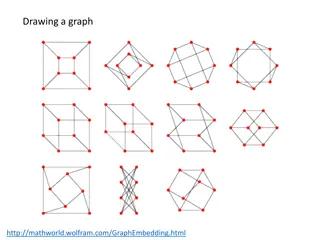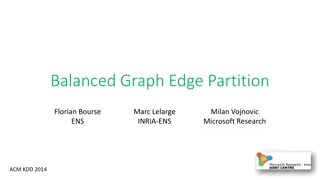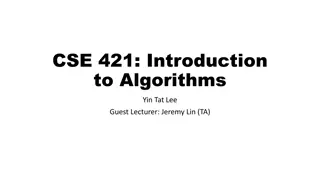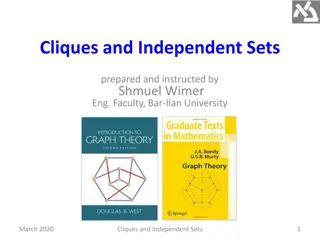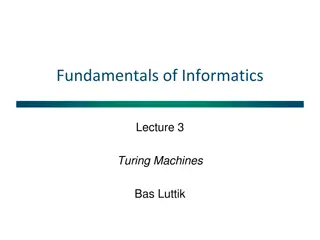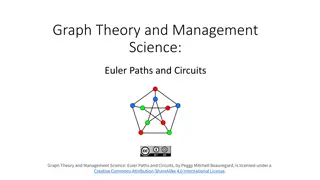
Understanding Linear Graphs in Mathematics
Explore the basic definitions and examples of linear graphs in mathematics, including concepts like vertices, edges, self-loops, degrees, isolated and pendent vertices, null graphs, walks, paths, and circuits.
Download Presentation

Please find below an Image/Link to download the presentation.
The content on the website is provided AS IS for your information and personal use only. It may not be sold, licensed, or shared on other websites without obtaining consent from the author. If you encounter any issues during the download, it is possible that the publisher has removed the file from their server.
You are allowed to download the files provided on this website for personal or commercial use, subject to the condition that they are used lawfully. All files are the property of their respective owners.
The content on the website is provided AS IS for your information and personal use only. It may not be sold, licensed, or shared on other websites without obtaining consent from the author.
E N D
Presentation Transcript
Ms.NirushaShetty Asst.Professor Dep. Of Mathematics
Basic Definitions: A linear graph (or simply a graph) G=(V,E) consists of a set of objects V={v1,v2, ..,vn} called vertices, and another set E={e1,e2, ,en}, whose elements are called edges,such that each edge ek is identified with an unordered pair (vi,vj) of vertices. The vertices vi, vj associates with edge ek are called end vertices of ek.
An edge to be associates with a vertex pair (vi, vj). Such an edge having the same vertex as both its end-vertices is called a self-loop(loop) A graph that has neither self-loops nor parallel edges is called a simple graph.
Examples: A B E C D
Incidence and degree : When a vertex vi is an end vertex of some edge ej, vi and ej are said to be incident with (on or to) each other. The number of edges incident on a vertex vi, with self loop counted twice, is called the degree, d(vi) of vertex vi.
Isolated vertex Pendent vertex Null graph walk Path Circuit
o A vertex having no incident edge is called an isolated vertex. o In other words, isolated vertices are vertices with zero degree o A vertex of degree one is called a pendent vertex or an end vertex. o A graph without any edges is caleed null graph. o In other words every vertex in a null graph is isolated vertex.
o A walk is defined as a finite alternating sequence of vertices and edges, beginning and ending with vertices, such that each edge is incident with the vertices preceding and following it o No edge appear more than once in a walk. o An open walk in which no vertex appear more than once is called path. o The terminal vertices of a path are of degree one.
o And rest of vertices are of degree two in path. o A closed walk in which no vertex appear more than once is called a circuit. o A circuit is a closed, non-intersecting walk. o Every vertex in a circuit is of degree two. o A circuit is also called a cycle.







